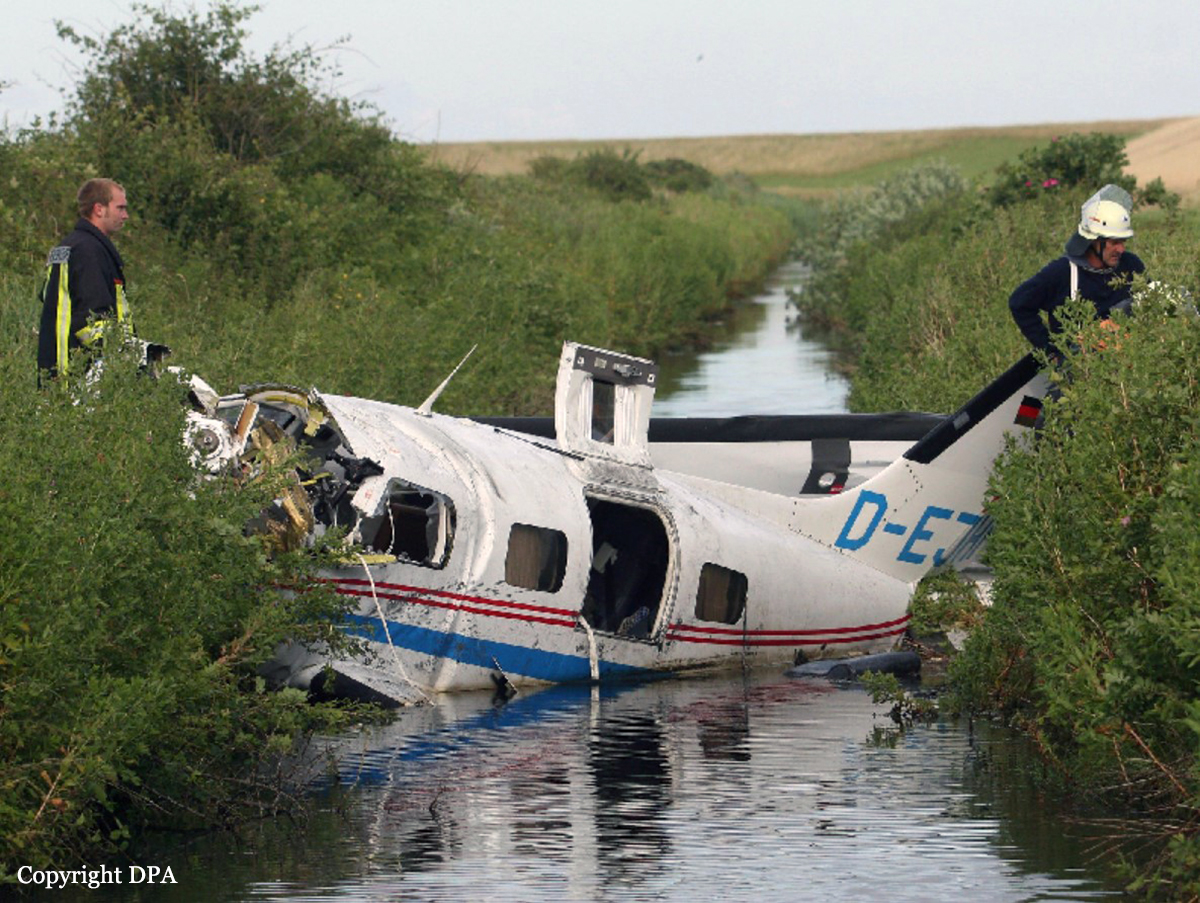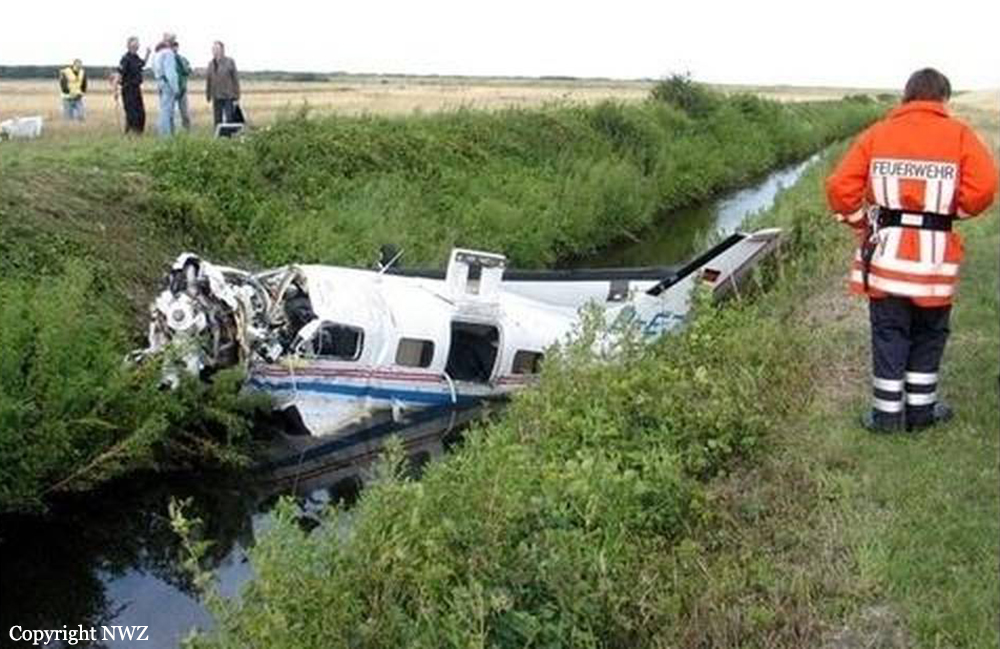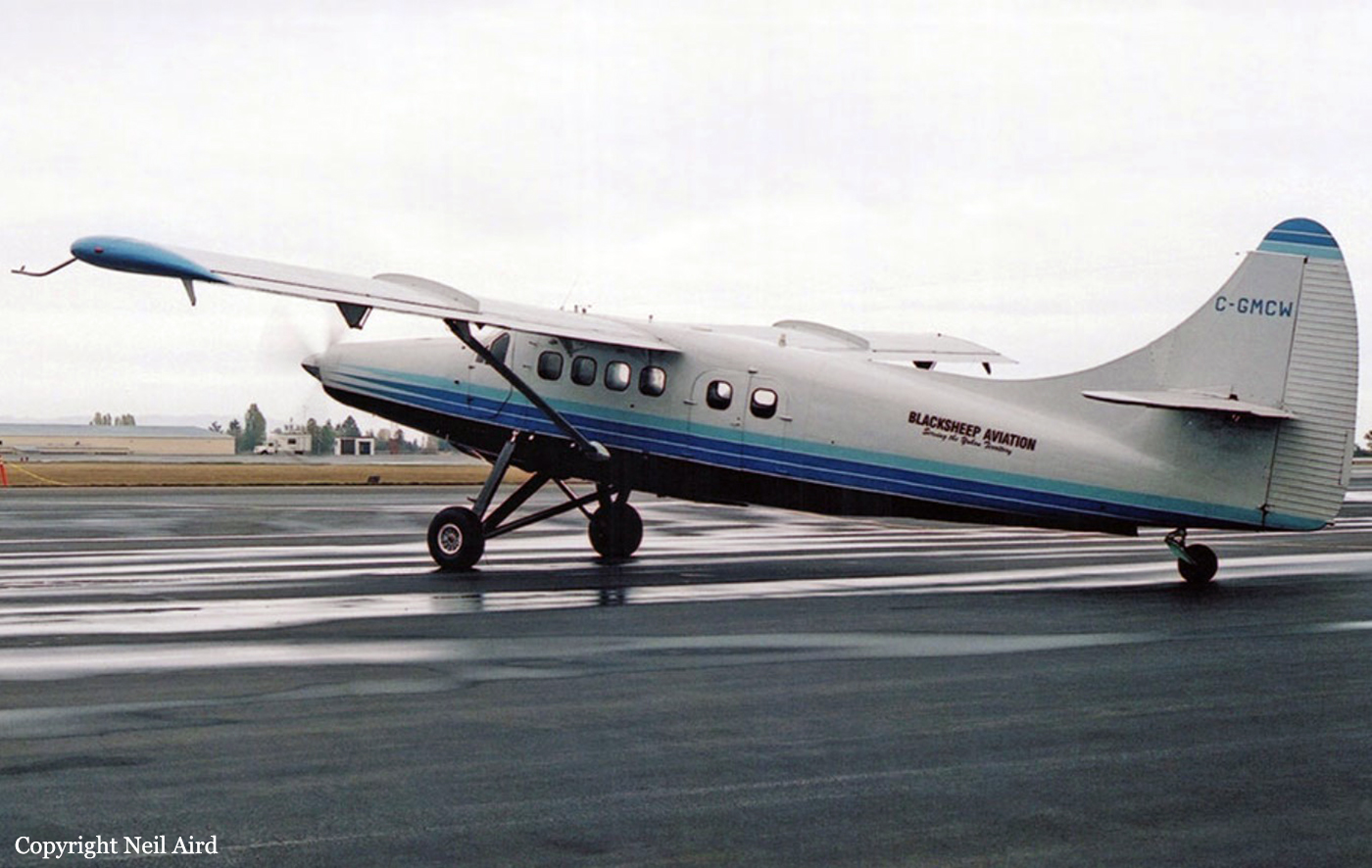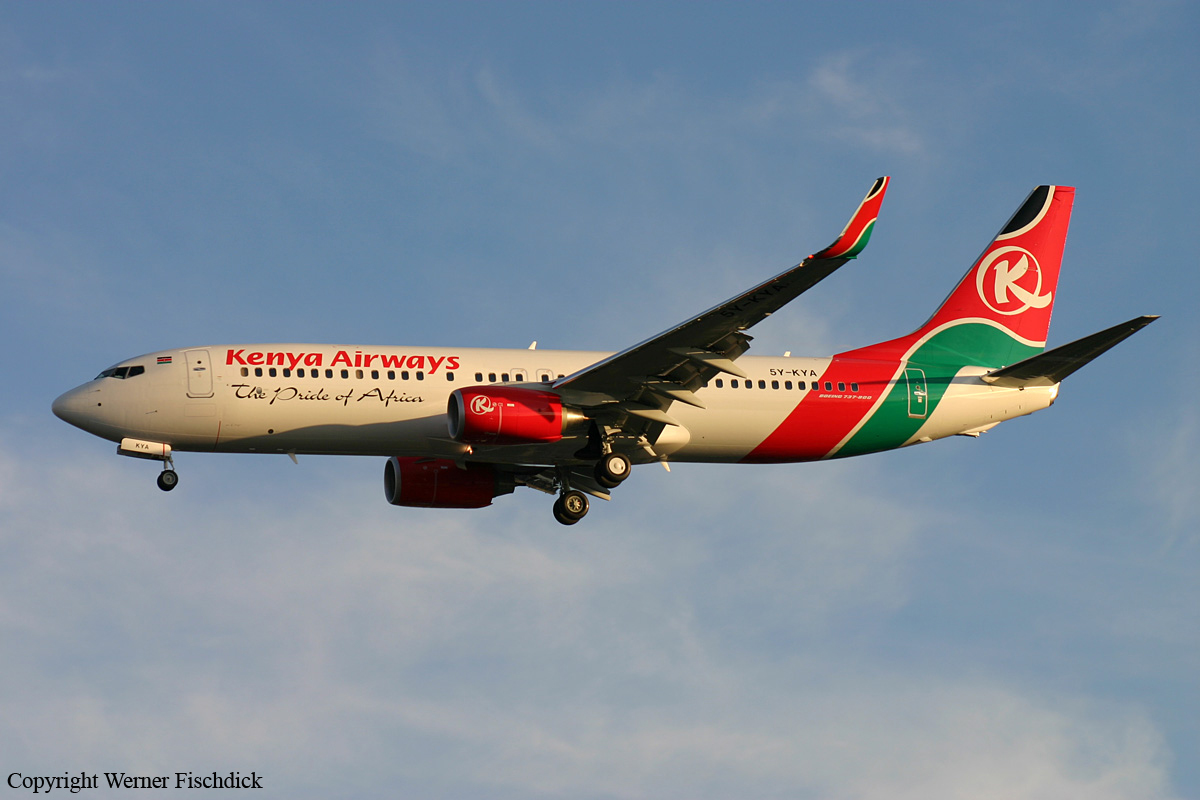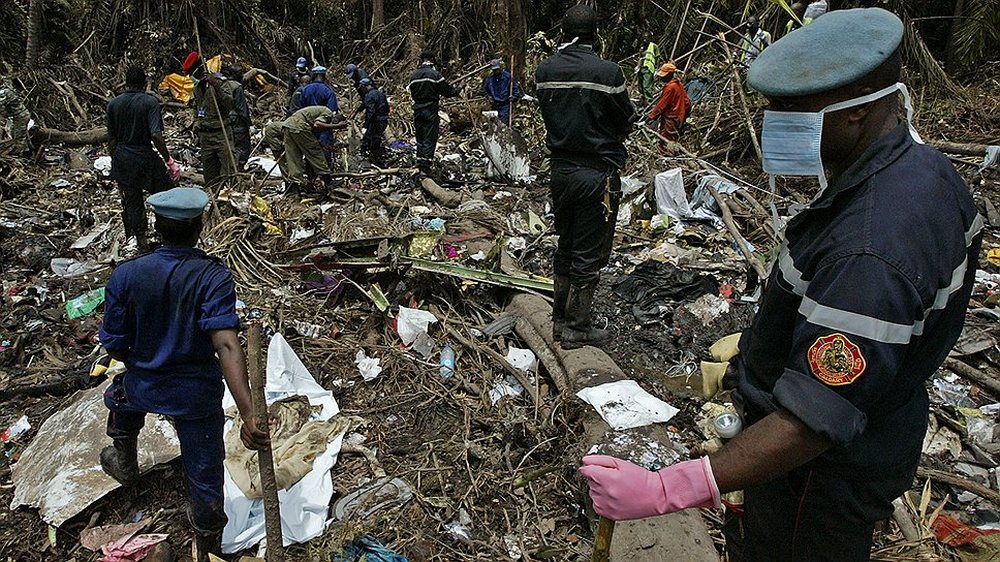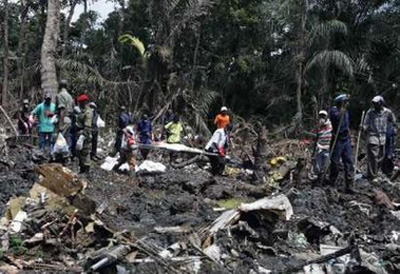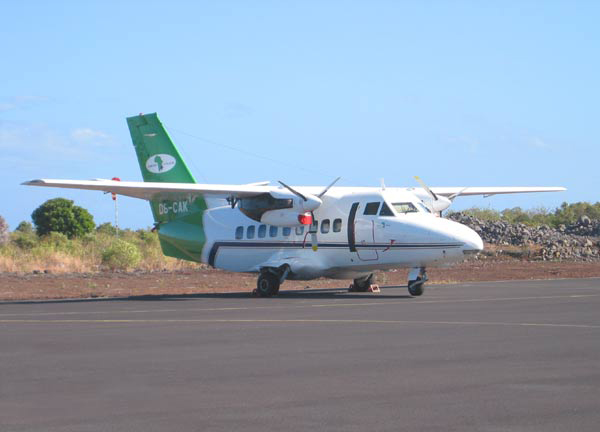Crash of a Piper PA-46-310P Malibu in Wangerooge
Date & Time:
Jun 30, 2007 at 1558 LT
Registration:
D-EJHF
Survivors:
Yes
Schedule:
Wangerooge - Bremen
MSN:
46-08081
YOM:
1987
Crew on board:
1
Crew fatalities:
Pax on board:
4
Pax fatalities:
Other fatalities:
Total fatalities:
0
Captain / Total hours on type:
76.00
Aircraft flight hours:
1396
Circumstances:
The single engine aircraft departed Wangerooge Island Airport on a private flight to Bremen, carrying four passengers and one pilot. Following a takeoff roll of about 300 metres from runway 28, the aircraft lifted off and entered a high angle of attack. It rolled to the left and crashed in a drainage ditch located about 340 metres from the departure point. All five occupants were injured and the aircraft was destroyed. Both people seating in the cockpit were seriously injured as the cockpit was destroyed by impact forces.
Probable cause:
The exact cause of the accident could not be determined with certainty due to the degree of destruction of the cockpit and because the aircraft was not fitted with CVR or DFDR systems. It was reported that the airplane took off after a course of 300 metres with flaps down to 10°. No technical anomalies were found on the aircraft and its equipments.
Final Report:
